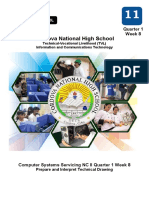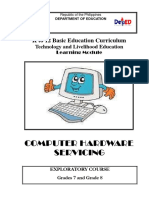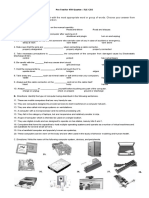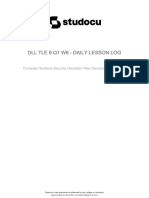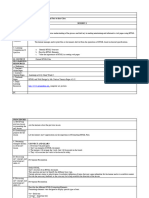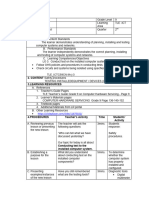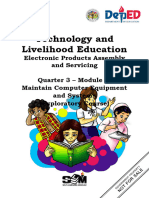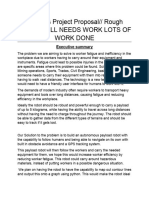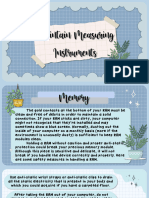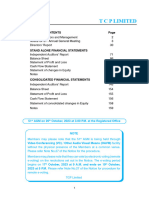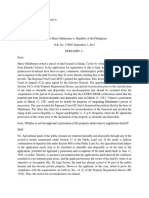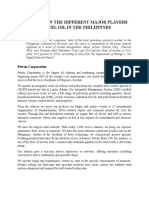0% found this document useful (0 votes)
220 views18 pagesTLE CSS9 Q2 M14 - Technical Drawing Objects and Dimensions
Uploaded by
Richard Reyes Jr.Copyright
© © All Rights Reserved
We take content rights seriously. If you suspect this is your content, claim it here.
Available Formats
Download as PDF, TXT or read online on Scribd
0% found this document useful (0 votes)
220 views18 pagesTLE CSS9 Q2 M14 - Technical Drawing Objects and Dimensions
Uploaded by
Richard Reyes Jr.Copyright
© © All Rights Reserved
We take content rights seriously. If you suspect this is your content, claim it here.
Available Formats
Download as PDF, TXT or read online on Scribd
/ 18
